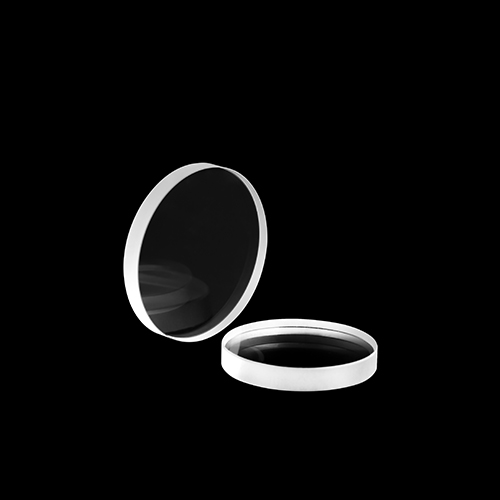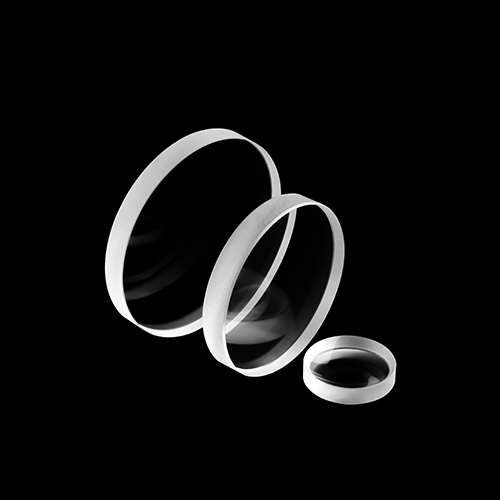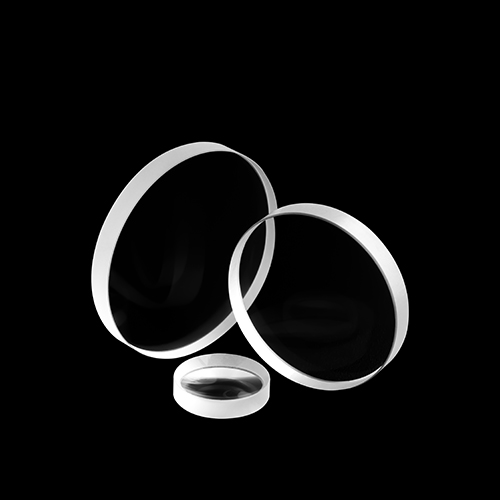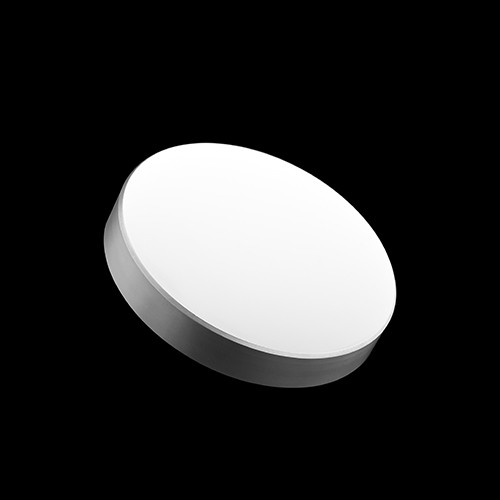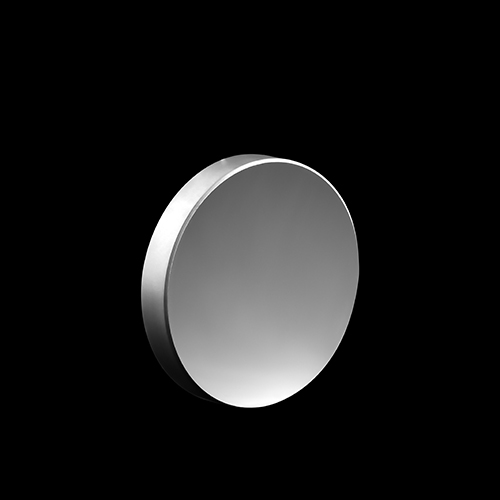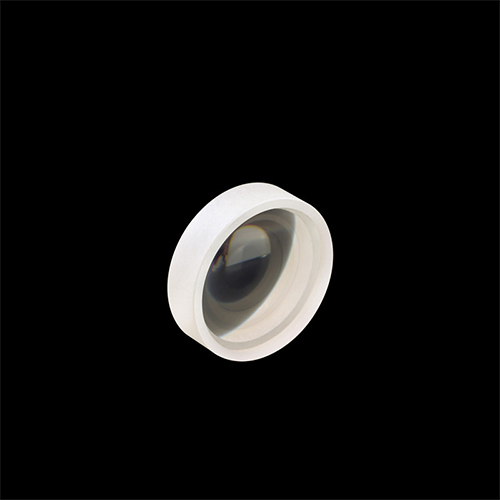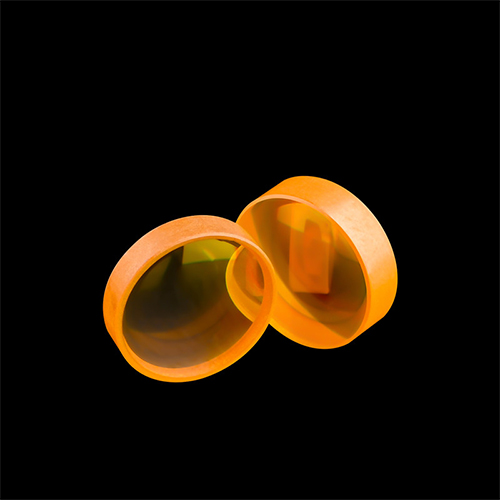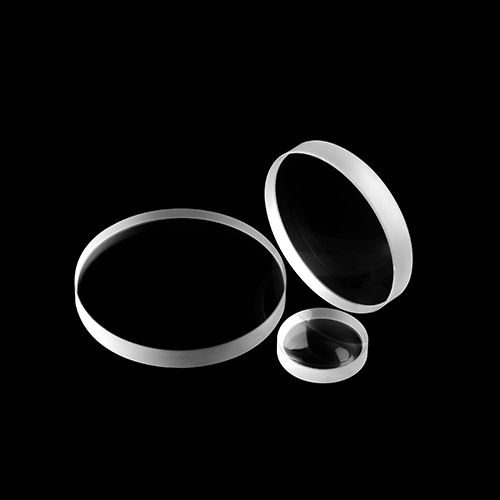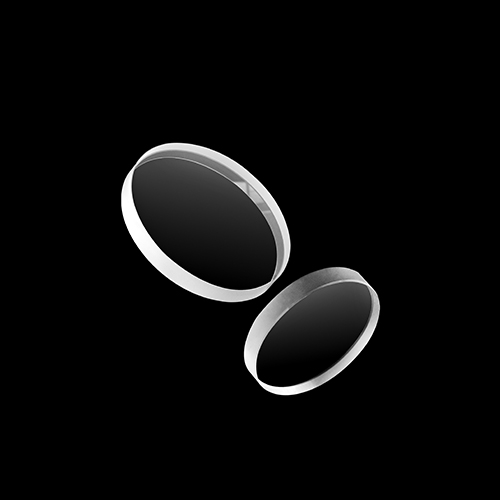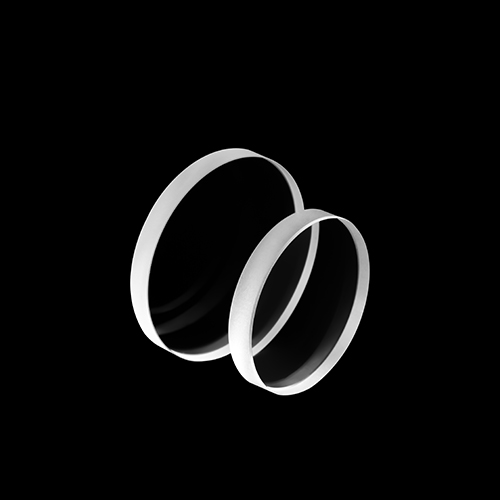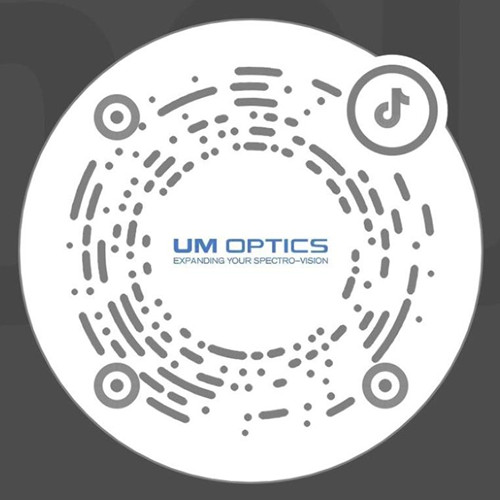Concave lens is a special type of lens that has the characteristics of one side being a sphere and the other side being a plane, and the middle is thinner than the two sides. This type of lens has a negative focal length and is mainly used to diverge a beam of parallel light. Its materials include K9 glass, fused silica, zinc selenide, zinc sulfide, germanium, silicon, lithium fluoride, calcium fluoride, barium fluoride and magnesium fluoride. So what is the curvature radius of a flat concave lens?
The curvature radius of a flat concave lens is not a fixed value, it depends on the specific design and application requirements of the lens. Generally speaking, one side of a flat concave lens is a plane, and the other side is a concave surface. The curvature radius of the concave surface affects the focal length and imaging characteristics of the lens. In some cases, the curvature radius of a flat concave lens may be relatively large, for example, in some experimental flat concave lenses, the curvature radius may reach 800mm. However, in other applications, in order to achieve specific focal lengths and imaging effects, the curvature radius of flat concave lenses may need to be precisely designed and may be less than 800mm. Furthermore, according to the definition of curvature radius, it is the distance from the center of curvature to the surface of the lens. For flat concave lenses, the curvature radius is only related to the concave surface and not to the plane. Therefore, when discussing the curvature radius of a flat concave lens, we usually refer to the curvature radius of the concave surface.
The above is an answer to what the curvature radius of a flat concave lens is. We hope it is helpful to you. If you have any questions, please feel free to consult online or leave a message.

